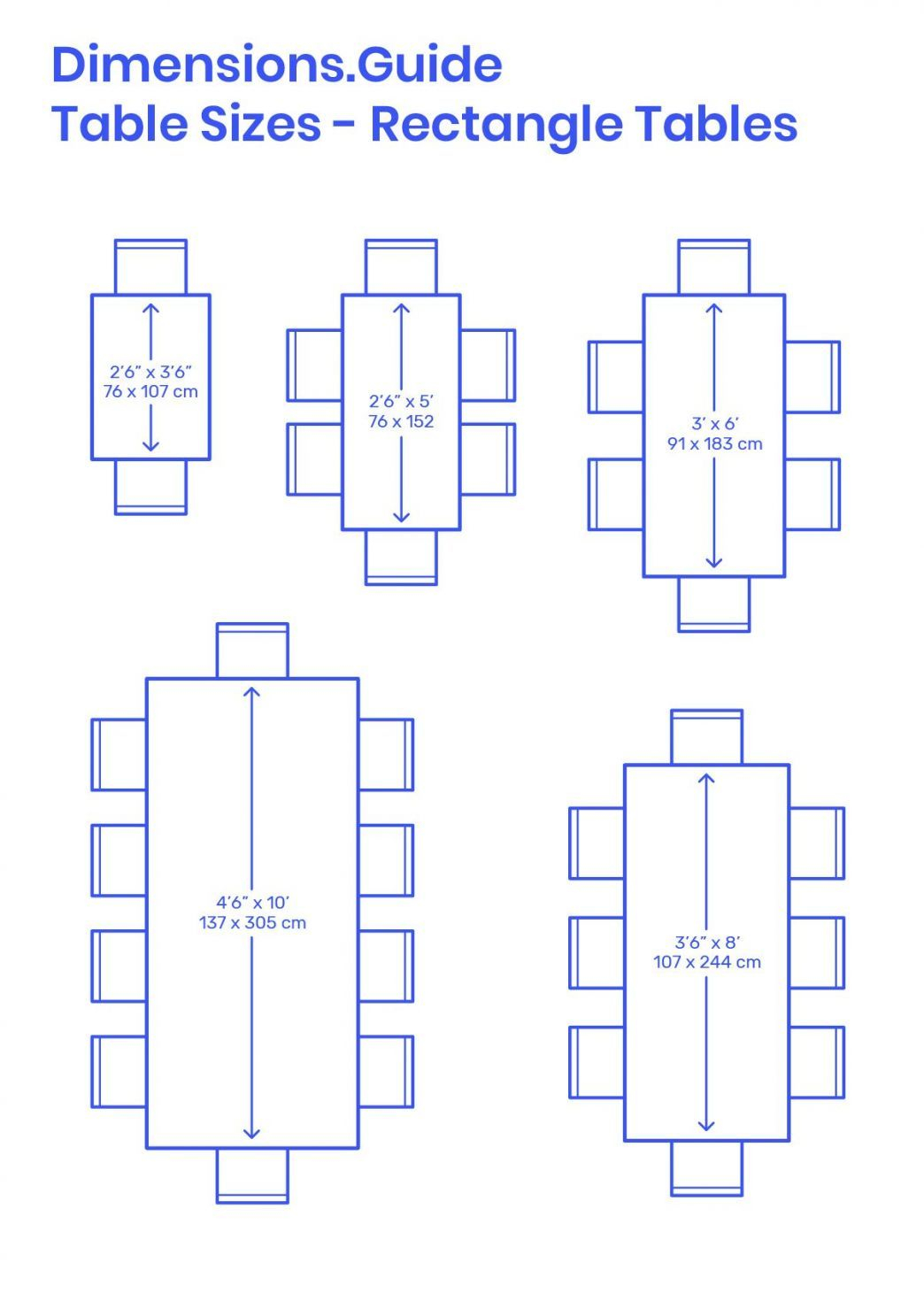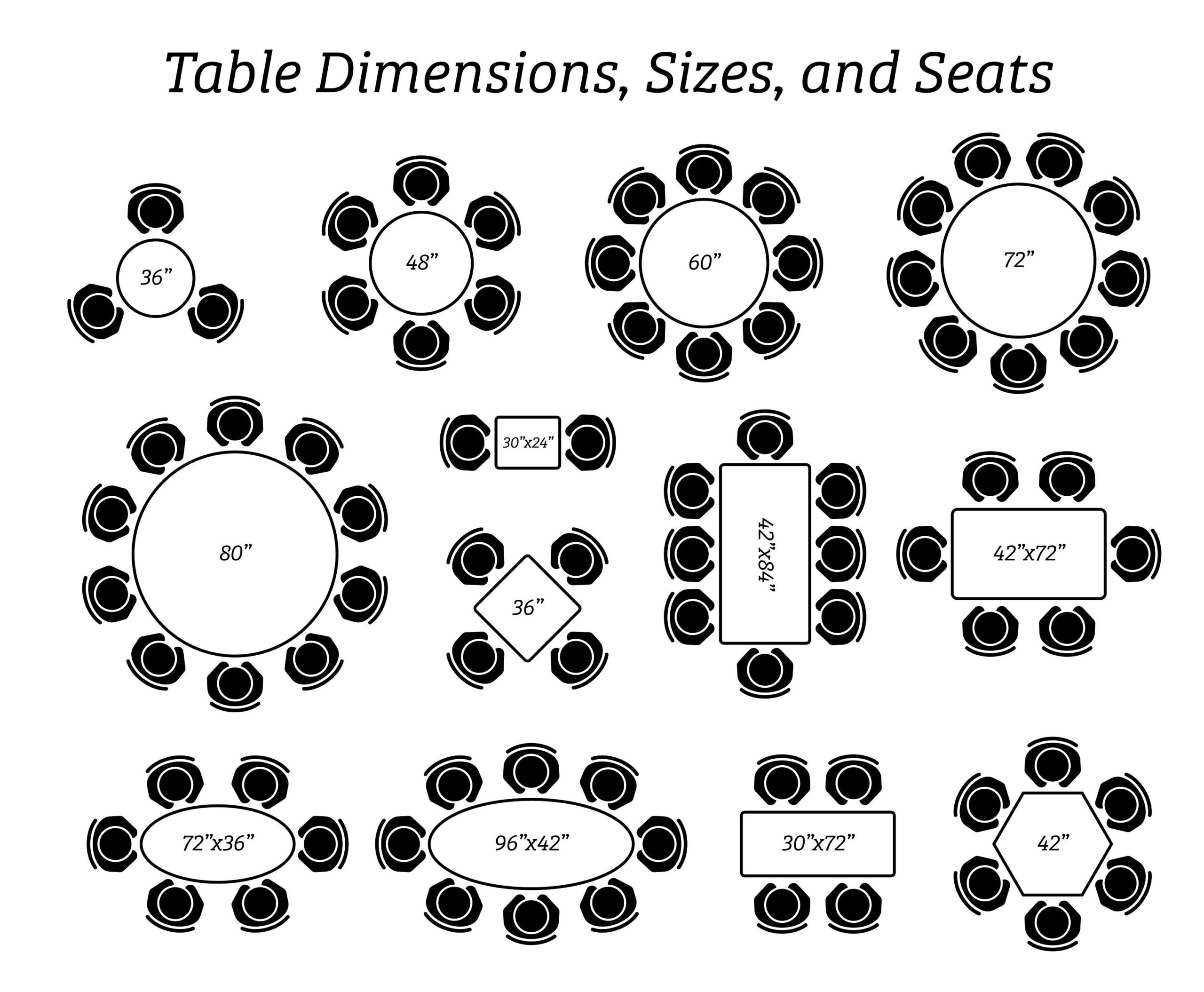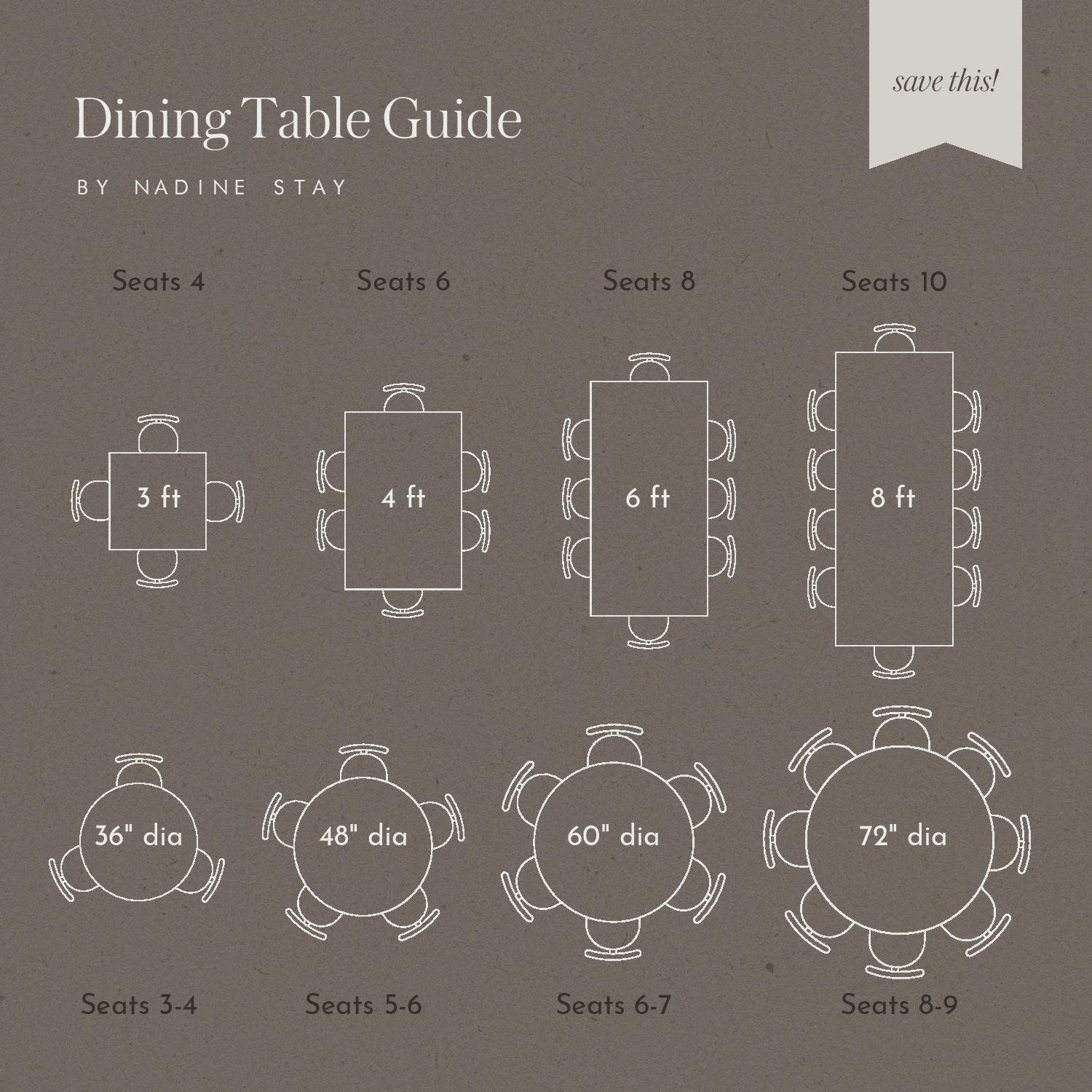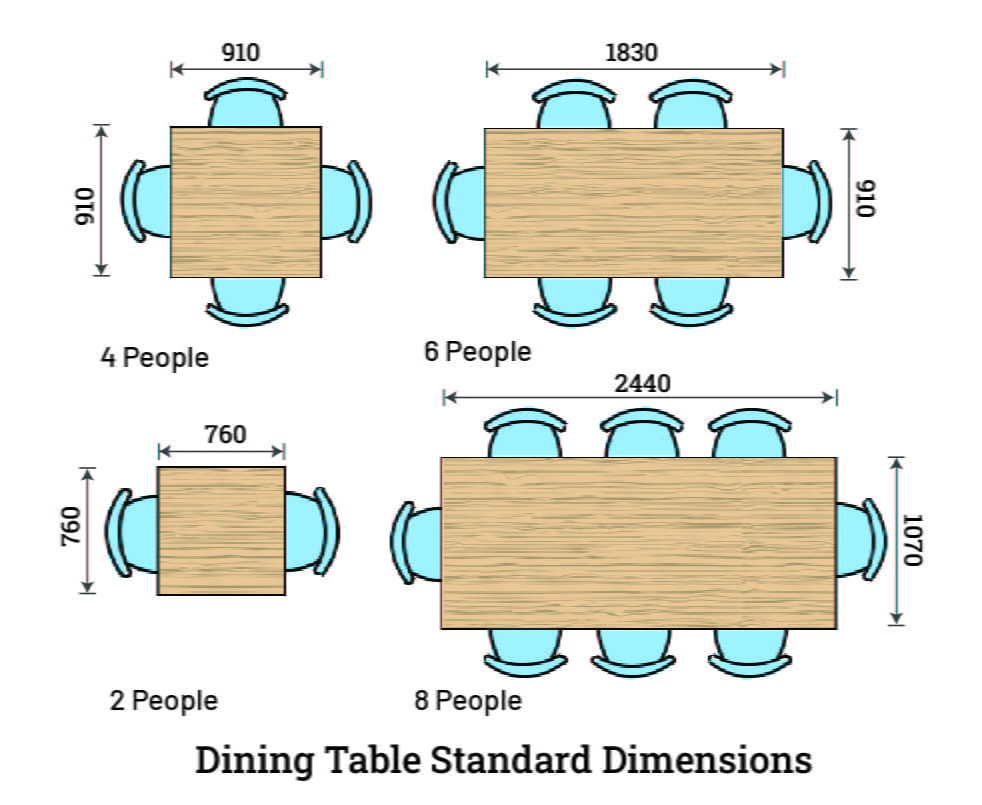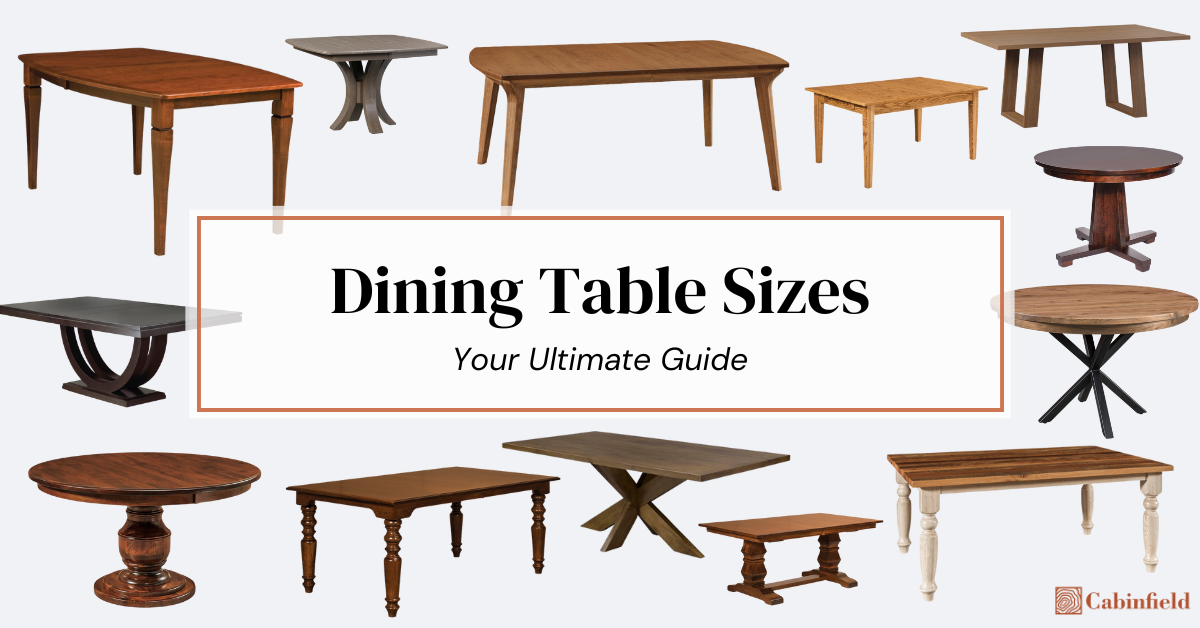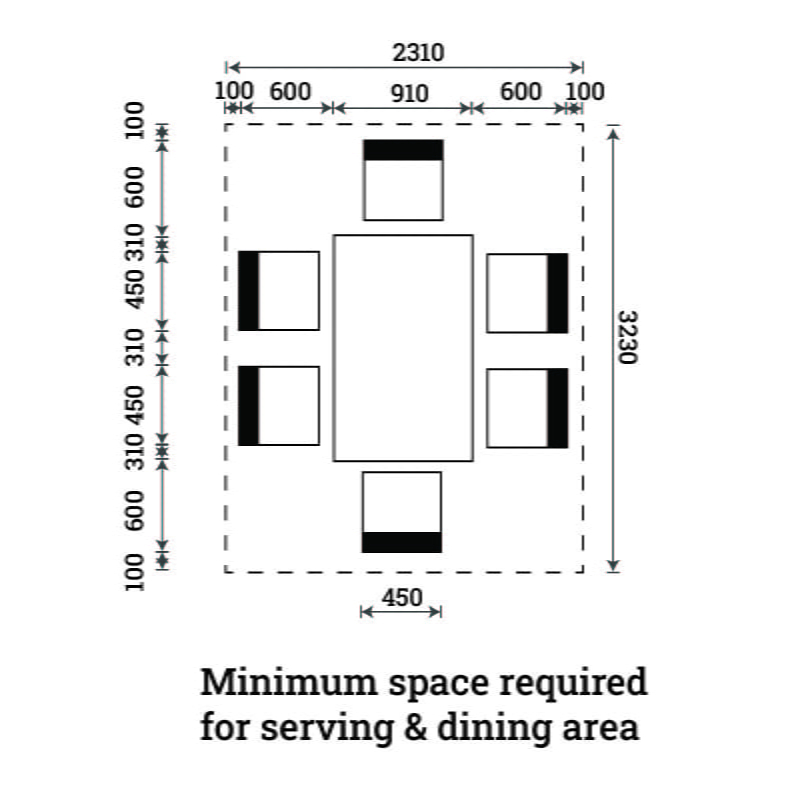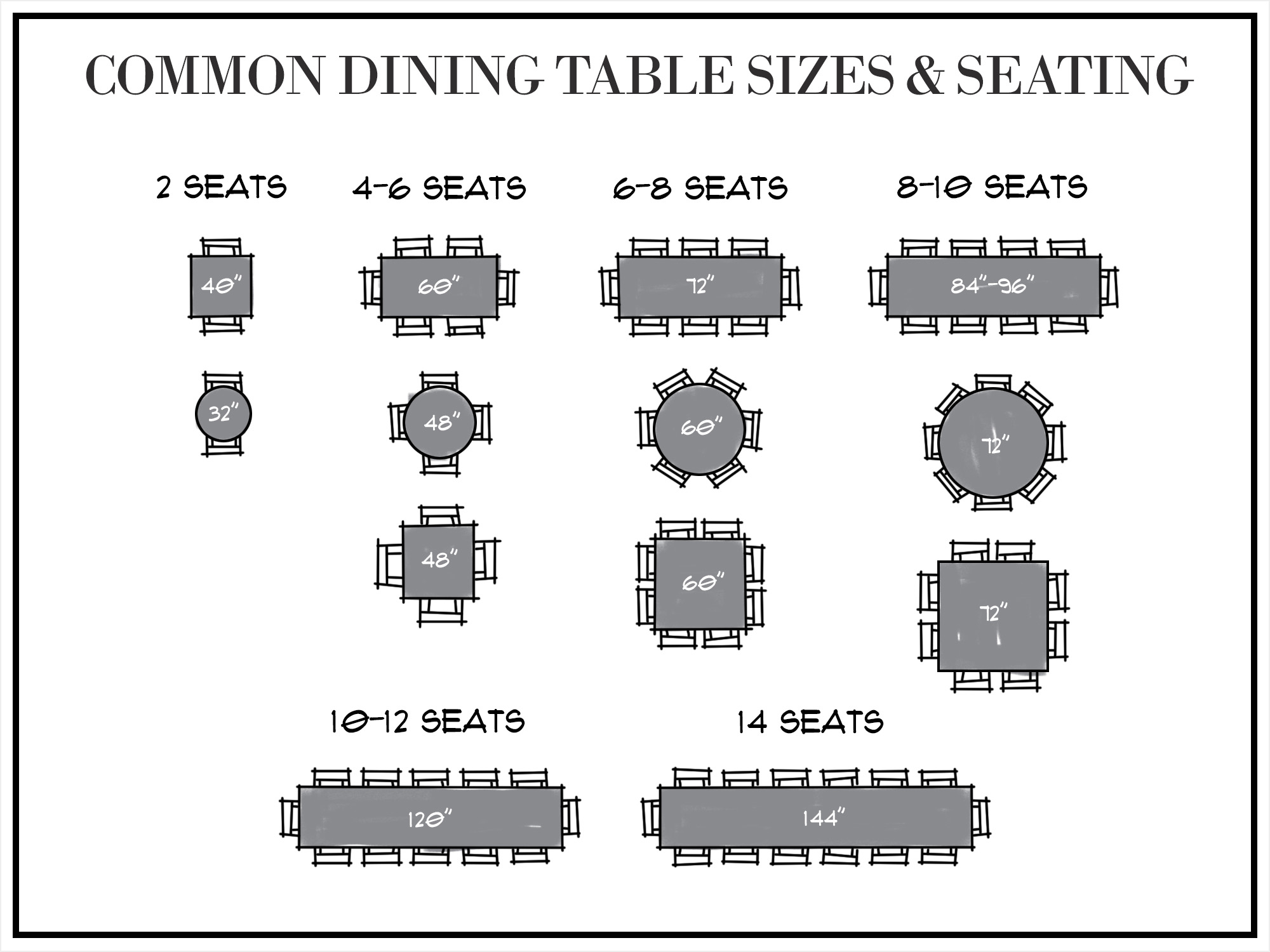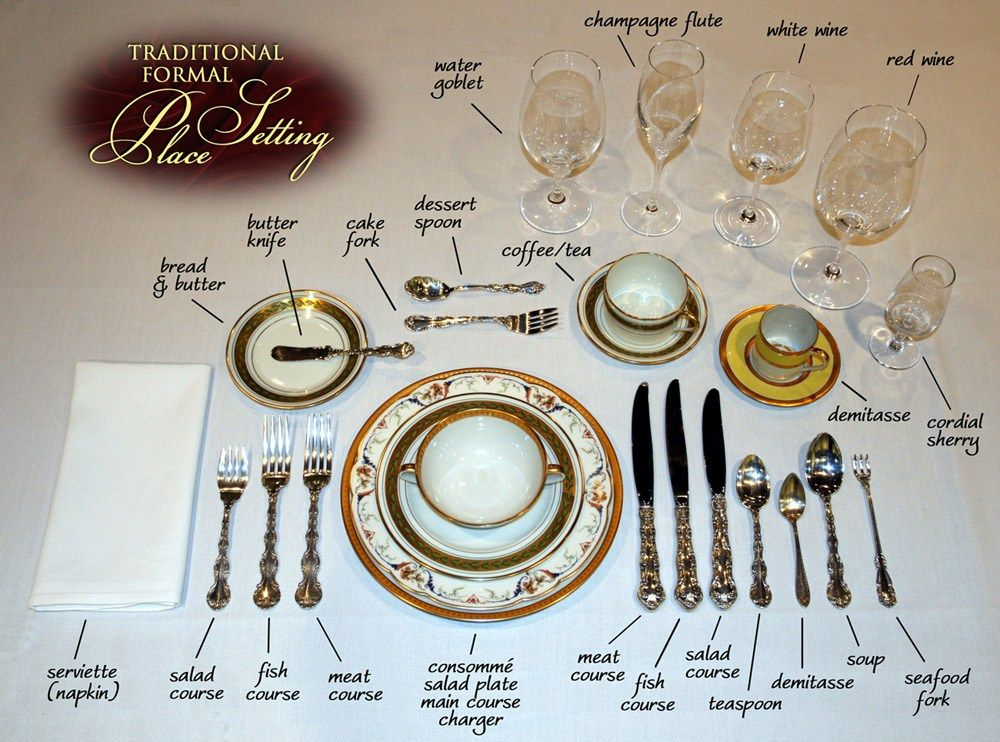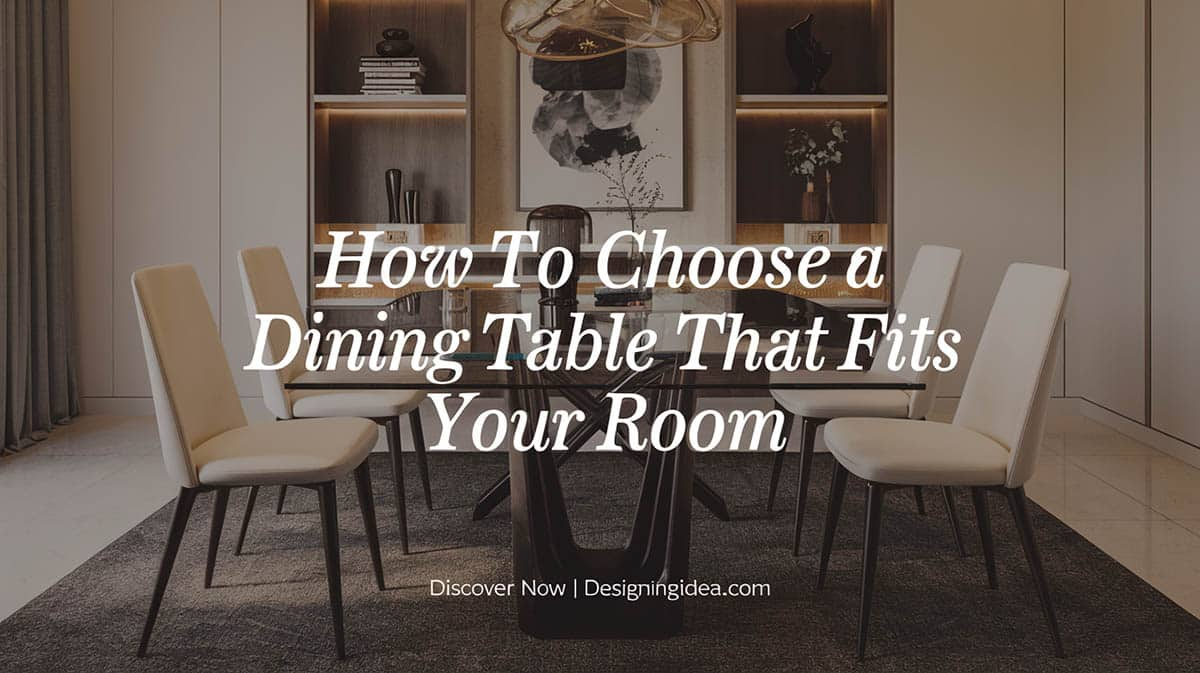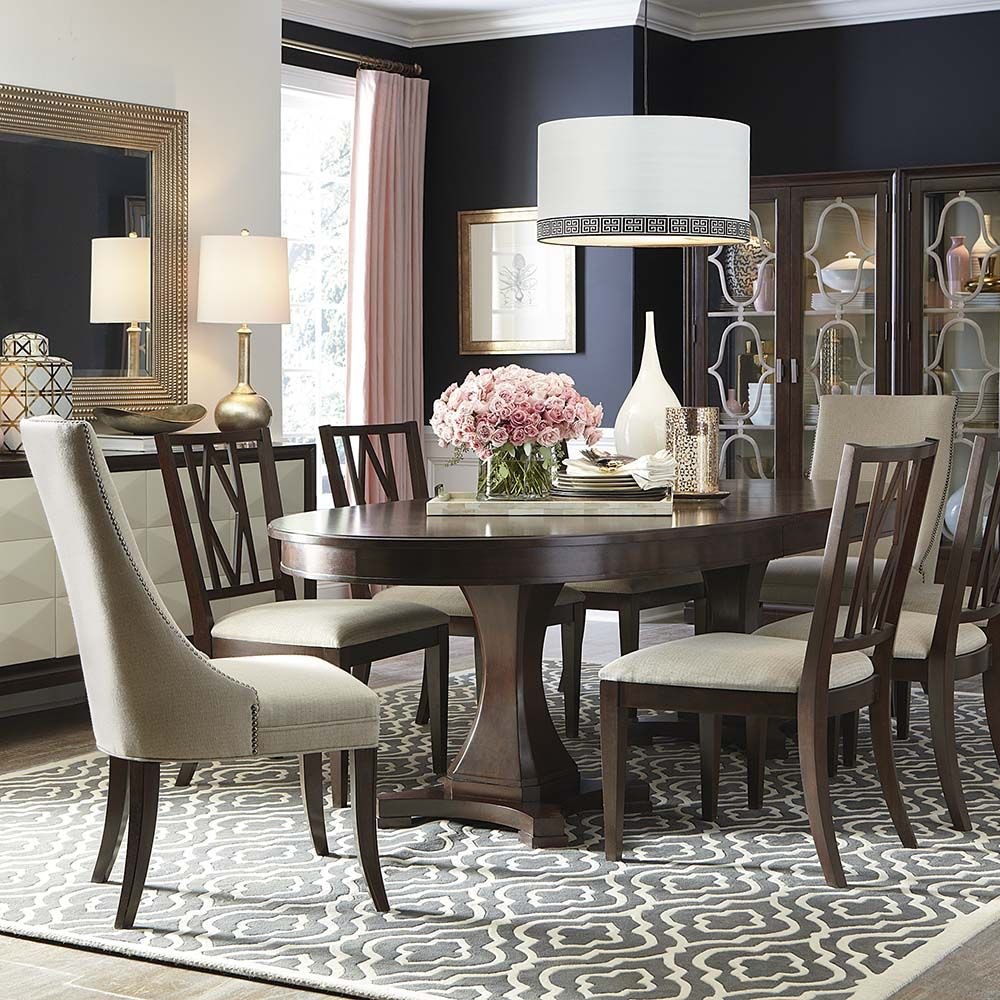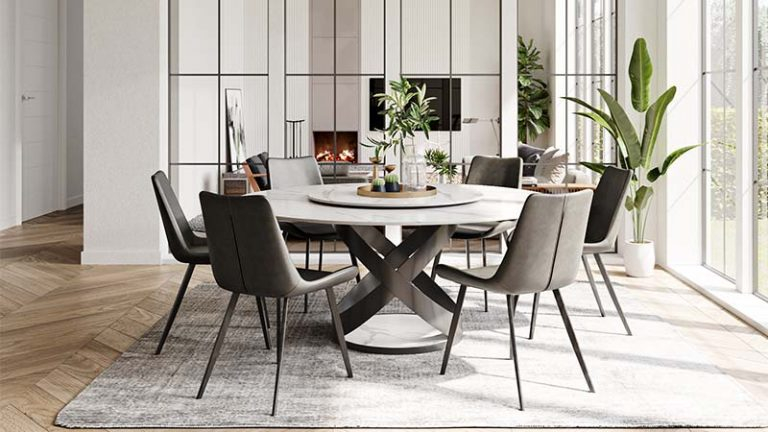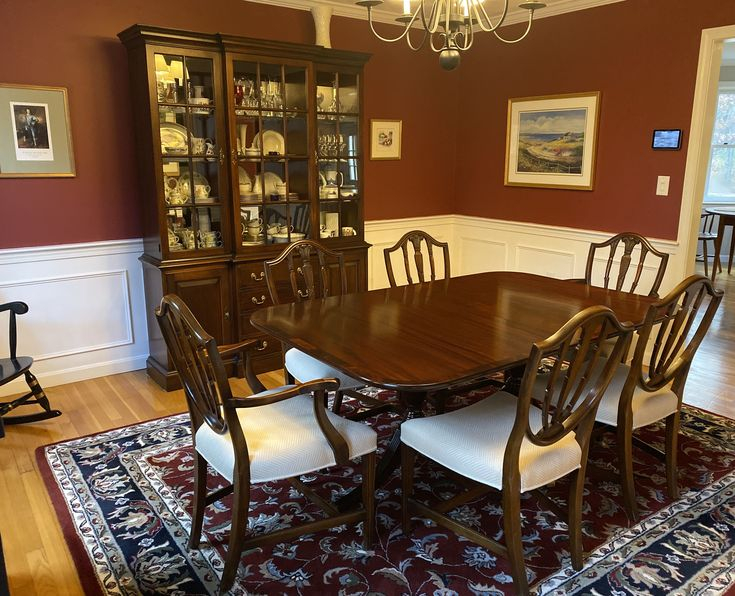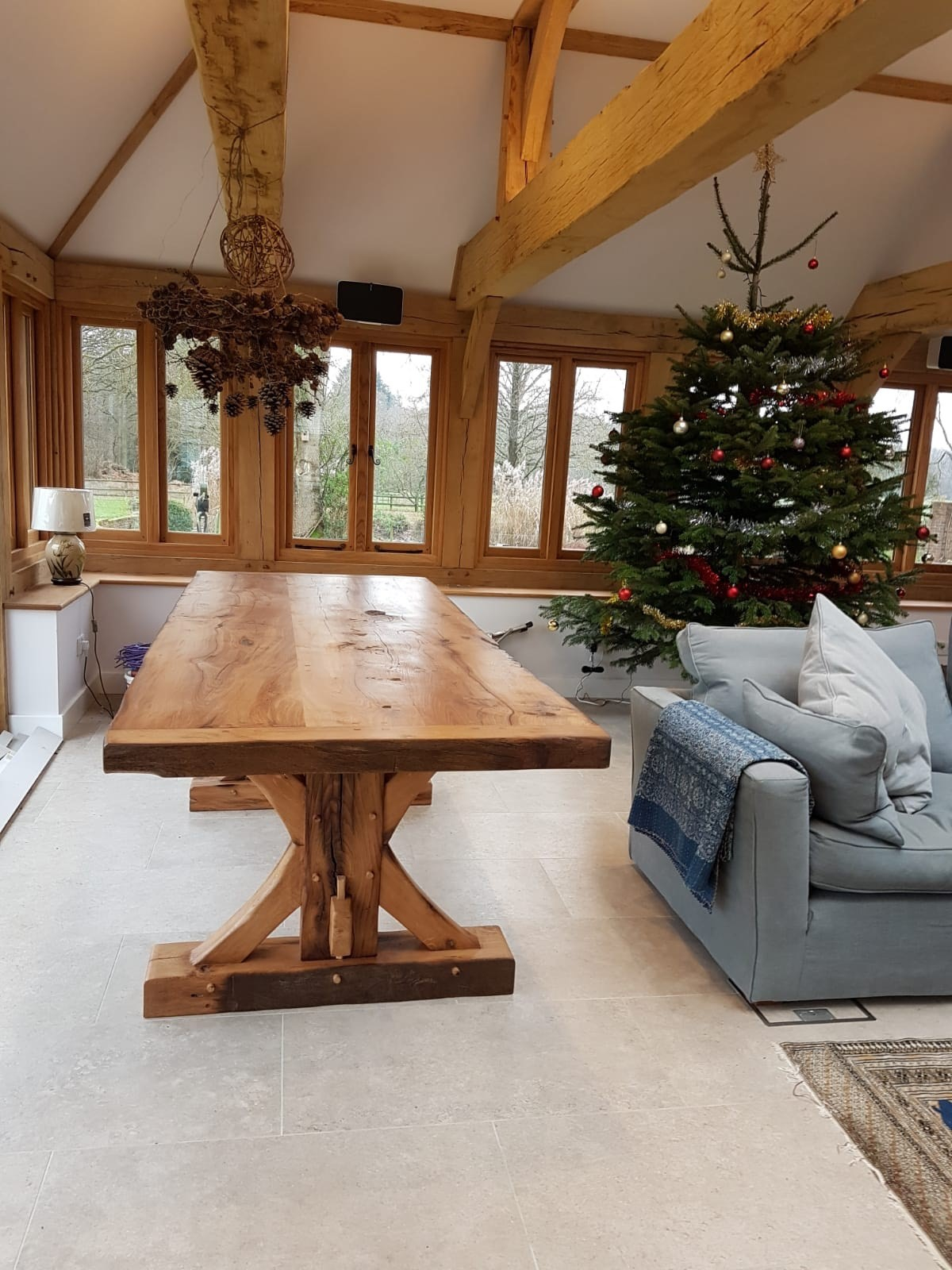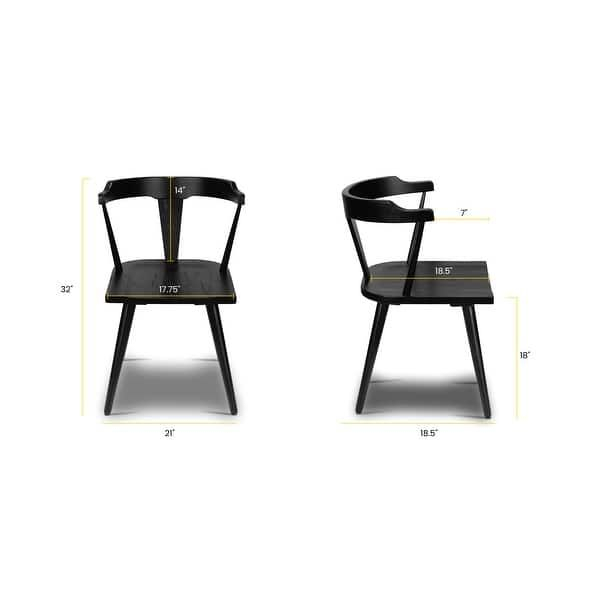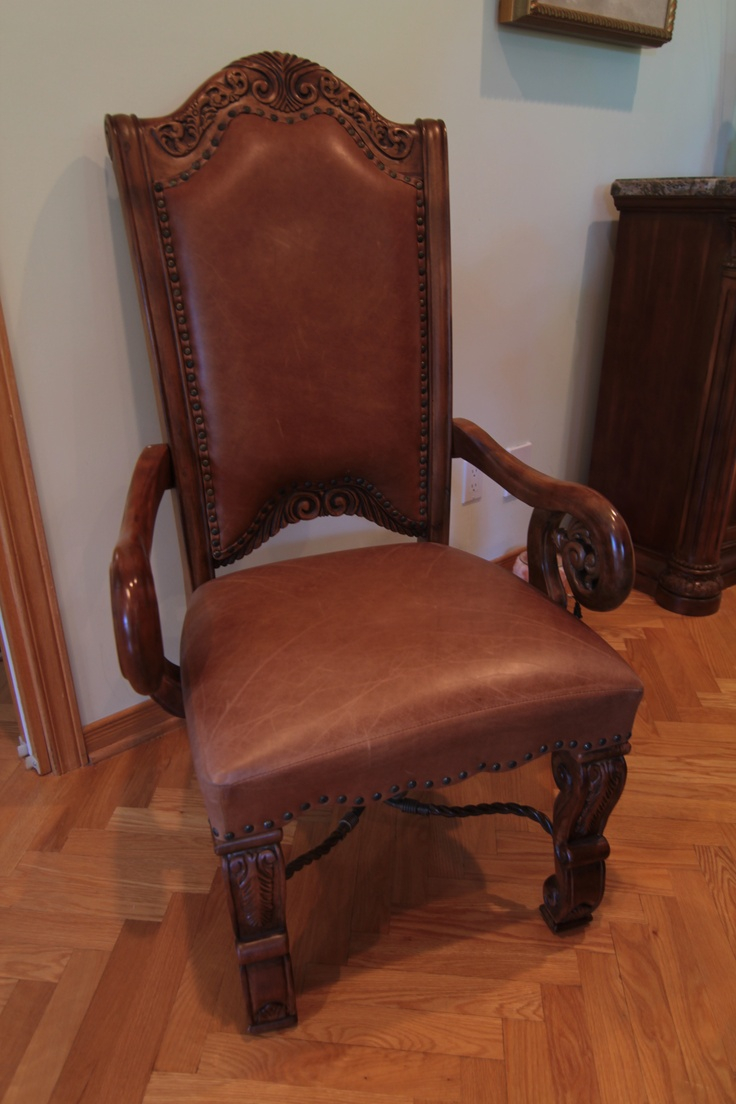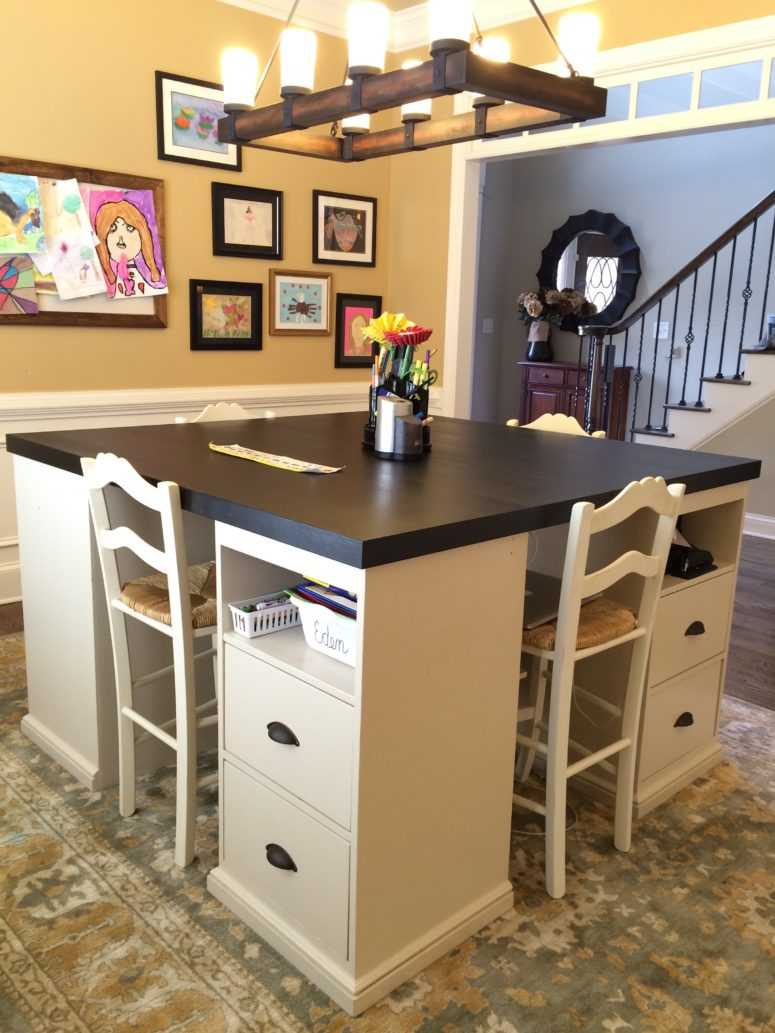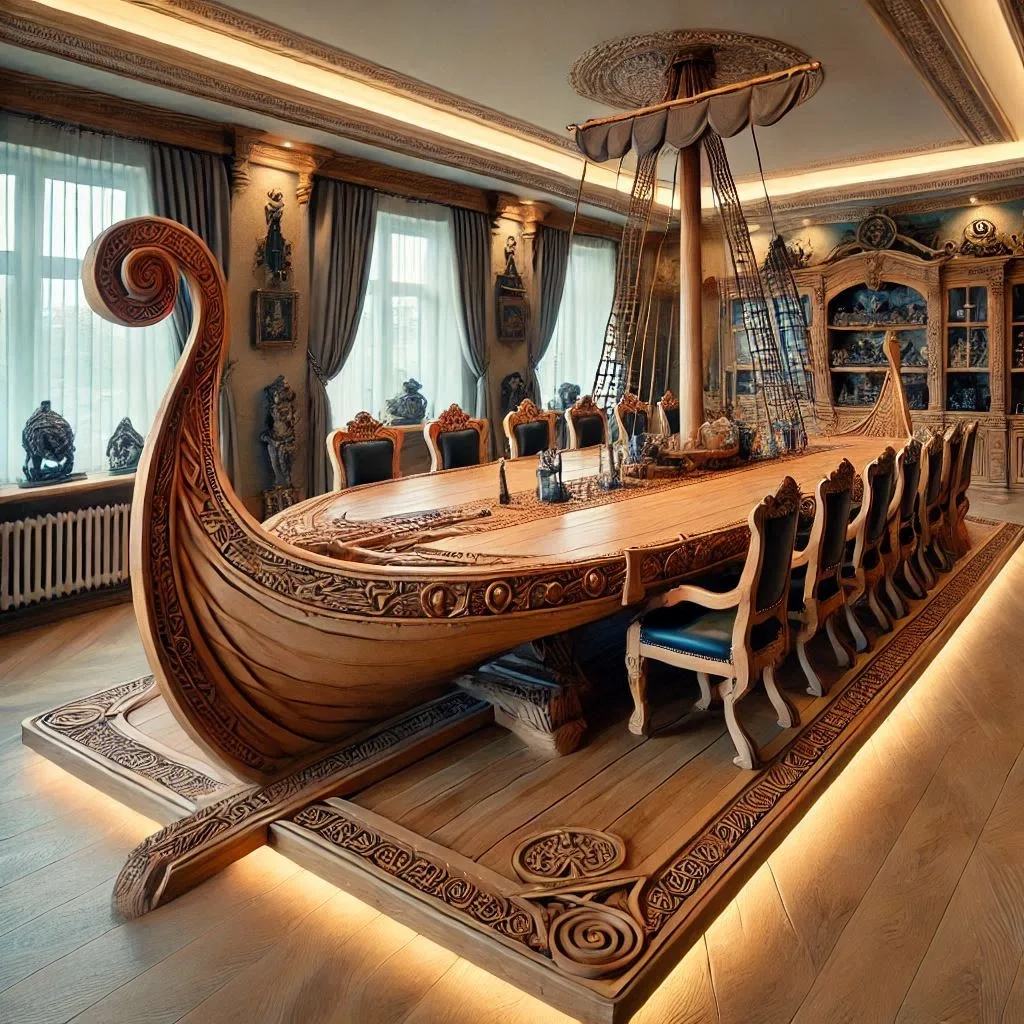Finding the right dining table isn’t just about aesthetics; it’s about creating a space where memories are made. When you’re aiming to seat eight people comfortably, the dimensions of your table play a crucial role. Let’s dive into what makes a dining table just right for a larger group, ensuring everyone has enough elbow room and feels connected.
There’s something special about a dining table set for eight. It’s a hub for lively conversations, shared meals, and cherished moments. But how do you ensure that everyone, from the person at one end to the guest at the other, feels equally comfortable and included? It all comes down to the size and shape of the table. Getting these details right can transform your dining experience from cramped and awkward to spacious and convivial. We’ll explore the key considerations for selecting a table that perfectly accommodates your party of eight.
Understanding Personal Space: The Crucial Inches
When we talk about seating eight people, we’re not just thinking about fitting them in. We’re thinking about comfort. Each person needs a certain amount of space to eat without bumping elbows or feeling crowded. Generally, you’ll want to allocate about 24 to 30 inches of width per person. That might sound like a lot, but it makes a world of difference. Think about it: a 24-inch space allows for just enough room, while 30 inches gives a bit more breathing room. For a table that seats eight, this means you’re looking at a total width of at least 192 inches (8 people x 24 inches) and ideally up to 240 inches (8 people x 30 inches) for maximum comfort. This is the fundamental calculation that guides all our size recommendations.
Rectangular Tables: The Classic Choice
Rectangular tables are incredibly popular, and for good reason. They offer a clean, classic look that fits well in most dining rooms. For seating eight, a rectangular table typically needs to be between 72 and 84 inches long. A 72-inch table might feel a bit snug if you’re going for that 30-inch per person ideal, but it’s certainly doable if you focus on the 24-inch minimum. An 84-inch table provides a more generous amount of space, allowing for those longer conversations and perhaps a centerpiece without encroaching on dining comfort. The width for a rectangular table seating eight should be around 36 to 42 inches. This width ensures that people sitting opposite each other can reach dishes in the center and converse easily. A 36-inch width is functional, while a 42-inch width adds that extra bit of spaciousness.
Oval Tables: Softening the Edges
Oval tables are a fantastic alternative to rectangles, offering a softer aesthetic and often making it easier to squeeze in an extra guest if needed. Because they lack sharp corners, they can feel more fluid and less imposing in a room. For an oval table to comfortably seat eight, you’re looking at a similar length range to rectangular tables, perhaps 72 to 84 inches. The key difference is that the oval shape can sometimes feel more accommodating. The width would also be in the 36 to 42-inch range. One of the subtle advantages of an oval is that it can make conversation flow a little more easily because there are no harsh corners to create a visual barrier between guests. It’s a subtle change, but one that can enhance the communal feel of your dining experience.
Round Tables: The Ultimate Conversation Starter
Round tables are often considered the champions of conversation and connection. Everyone can see and speak to everyone else, which creates a wonderfully intimate atmosphere. However, fitting eight people around a perfectly round table requires a significant diameter. For eight people, you’ll generally need a round table with a diameter of at least 60 inches, and ideally 72 inches for a more comfortable experience. A 60-inch round table provides about 25 inches of circumference per person, which is a decent amount of space. Going up to 72 inches gives each person closer to 30 inches, really maximizing comfort. The main consideration with round tables is that very large ones can make it difficult to reach items in the center, so keep that in mind when choosing your centerpiece or serving dishes.
Considering Your Space: Room to Breathe
It’s not just about the table’s dimensions; it’s also about the space surrounding it. You need enough room to pull out chairs and walk around the table easily. A good rule of thumb is to leave at least 36 inches of clearance between the edge of the table and any walls or furniture. For a more comfortable flow, especially if people will be walking behind seated guests, aim for 48 inches. So, if you’re considering an 84-inch long rectangular table that’s 40 inches wide, you’ll need a dining area that’s roughly 120 inches by 80 inches (84+36 for clearance on the long side, and 40+36+36 for clearance on the width). Always measure your room and map out the table and chair placement before you buy. Visualizing the space is key to avoiding costly mistakes and ensuring your dining area feels balanced and functional.
Beyond Dimensions: Other Factors to Consider
While size is paramount, don’t forget other elements that contribute to a great dining experience. Consider the table’s height, which should align with standard chair heights. The material and style of the table will also impact the overall feel of your dining room. More importantly, think about how you’ll be using the table. Is it primarily for formal dinners, or will it see daily family meals and casual get-togethers? If you often host more than eight, perhaps a table with extensions would be a wise investment. Ultimately, the best dining table for eight is one that fits your space, your needs, and your vision for creating warm, inviting connections with loved ones.
Choosing the right dining table for eight is a thoughtful process that balances comfort, style, and functionality. By understanding the recommended dimensions for rectangular, oval, and round tables, and by carefully measuring your space, you can create a dining area that fosters connection and makes every meal a special occasion. Remember to prioritize enough personal space for each guest and sufficient clearance around the table for easy movement. A well-chosen table is more than just furniture; it’s an invitation to gather, share, and build lasting memories. Happy dining.

